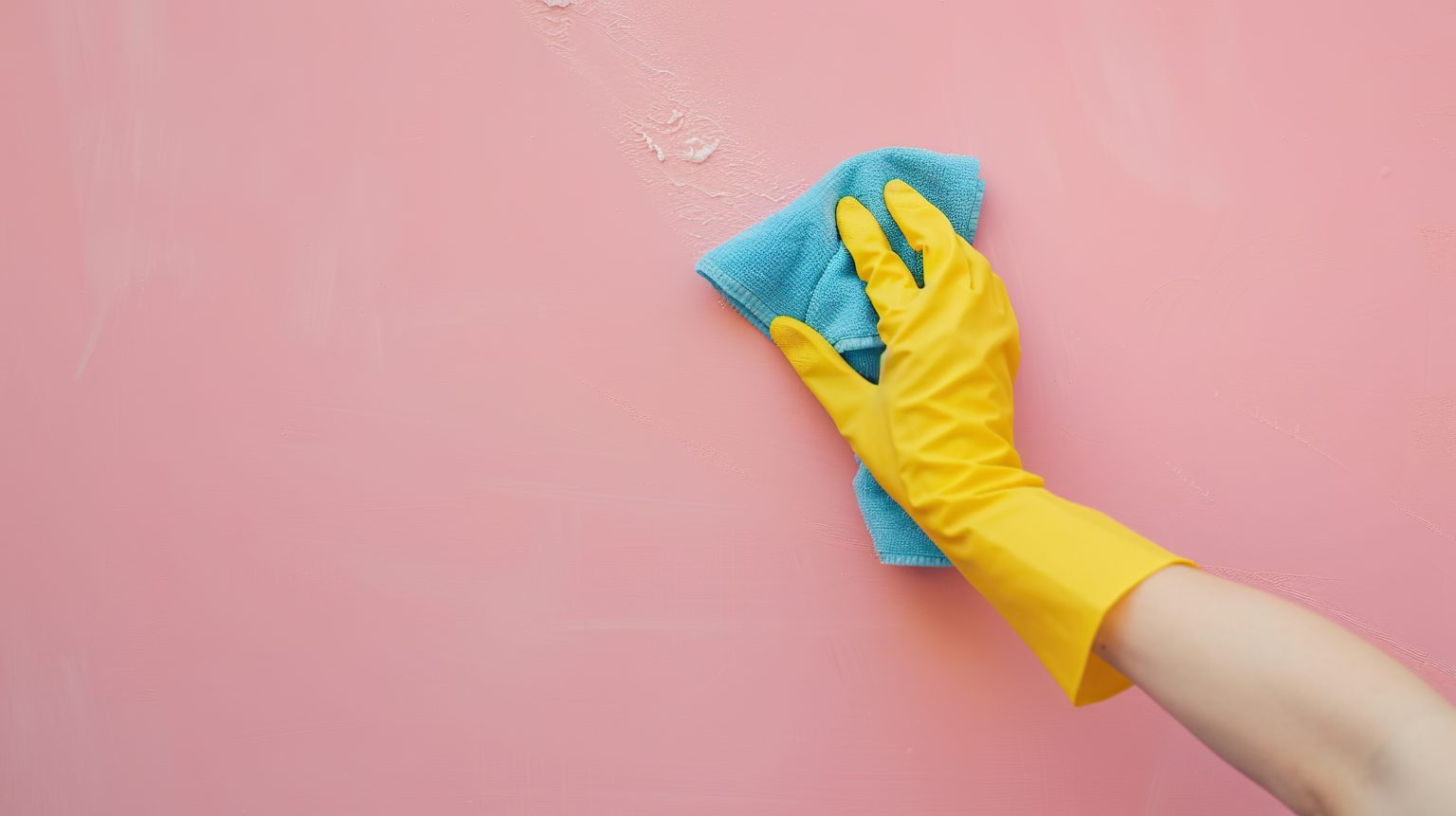How to Clean Walls: A Comprehensive Guide

How to Properly Clean Painted Sheetrock Walls
Maintaining clean painted sheetrock walls is essential for both the appearance and hygiene of your home. Over time, walls naturally collect dust, grime, fingerprints, and other marks that can leave them looking dull and neglected. But when it comes to cleaning painted surfaces, a gentle and informed approach is key—harsh methods can easily damage the paint or underlying drywall.
In this guide, we’ll walk you through the most effective techniques for safely cleaning your walls. You’ll learn what tools and supplies to use, how to handle everyday dirt, and how to tackle tougher stains—without harming your paint job.
Understanding the Risks
Before you grab a sponge and bucket, it’s crucial to recognize the potential risks involved in cleaning painted walls. Many painted surfaces—especially those with a matte or eggshell finish—are vulnerable to harsh chemicals and aggressive scrubbing. Using the wrong cleaner or too much pressure can strip the paint, dull the finish, or leave noticeable streaks and marks.
Keep in mind that not all paint finishes are created equal. Matte and eggshell paints are more delicate, while satin, semi-gloss, and gloss finishes tend to be more durable and easier to clean. Regardless of the paint type, always test your cleaning solution on a small, hidden area first. This simple step can help you avoid accidental damage and ensure your chosen method is safe for the surface.
Tools and Materials Needed
- Soft microfiber cloths
- Sponge
- Bucket
- Mild detergent or dish soap
- White vinegar
- Baking soda
- Warm water
- Magic eraser (optional)
- Ladder or step stool (for reaching high areas)
- Old towels or drop cloths (to protect the floor)
General Cleaning Steps
- Dusting the Walls
- Start by dusting the walls to remove loose dirt and cobwebs. Use a microfiber cloth or a duster. For high areas, use a ladder or attach the cloth to a broom handle.
- Pay special attention to corners and edges where dust tends to accumulate.
- Preparing the Cleaning Solution
- For general cleaning, mix a few drops of mild detergent or dish soap with warm water in a bucket. Alternatively, you can use a solution of one part white vinegar to two parts water.
- Cleaning the Walls
- Dip a sponge or a soft cloth into the cleaning solution and wring it out well. The cloth should be damp, not soaking wet.
- Gently wipe the walls in a circular motion, starting from the top and working your way down. This prevents dirty water from running down and streaking already-clean areas.
- For tough spots, you can use a magic eraser, but use it sparingly and with light pressure to avoid damaging the paint.
- Rinsing and Drying
- Once you’ve cleaned a section, rinse it with a clean cloth dampened with water to remove any soap residue.
- Dry the area with a soft, dry cloth to prevent water marks and streaks.
Tackling Stains
Different types of stains require different approaches:
- Grease Stains
- Mix a solution of warm water and a few drops of dish soap designed to cut grease.
- Apply the solution to the stain with a sponge, then rinse and dry the area.
- Crayon Marks
- Use a magic eraser or a paste made from baking soda and water. Gently scrub the area, then wipe clean with a damp cloth.
- Ink Stains
- Dab a cotton ball with rubbing alcohol and gently blot the stain. Avoid rubbing as it can spread the ink.
- Scuff Marks
- Use a magic eraser or a mixture of baking soda and water. Gently scrub the scuff marks, then wipe clean.
Preventing Paint Damage
To minimize the risk of removing paint during cleaning:
- Avoid Abrasive Cleaners and Tools: Stay away from harsh chemicals and abrasive scrubbers that can scratch or strip the paint.
- Test First: Always test your cleaning solution on a small, hidden area to ensure it doesn’t damage the paint.
- Gentle Pressure: Use gentle pressure when scrubbing to avoid wearing away the paint.
Tips for Regular Maintenance
- Frequent Dusting: Regularly dust your walls to prevent the buildup of dirt and grime.
- Spot Cleaning: Address stains and spots as soon as they occur to prevent them from setting in.
- Avoid Excess Moisture: Excess moisture can damage both the paint and the sheetrock. Always wring out your cloth or sponge well before using it on the walls.
Conclusion
Cleaning painted sheetrock walls doesn’t have to be a hassle. With the right approach and a bit of care, you can keep your walls looking fresh and well-maintained without risking damage to the paint. By using gentle techniques, choosing appropriate tools, and addressing stains promptly, you’ll preserve both the appearance and longevity of your walls. Regular upkeep goes a long way—so treat your walls with care, and they’ll continue to brighten your home for years to come.
Lot's of Great Tips!
Keeping your walls clean and vibrant doesn't have to be a challenge! With our comprehensive guide, you can effortlessly maintain the beauty of your sheetrock painted walls while protecting the paint. Don't let dirt and stains dull your home's appearance. Start your cleaning routine today and see the difference a little care can make. For more home maintenance tips and tricks, visit our blog and subscribe for regular updates. Keep your home looking its best—take action now!